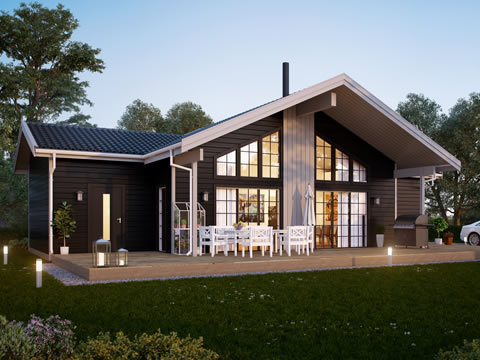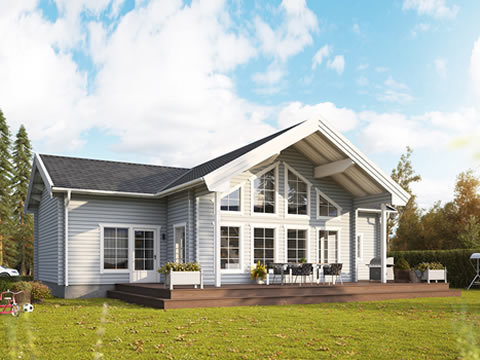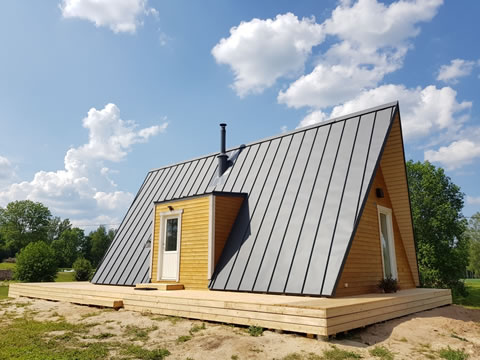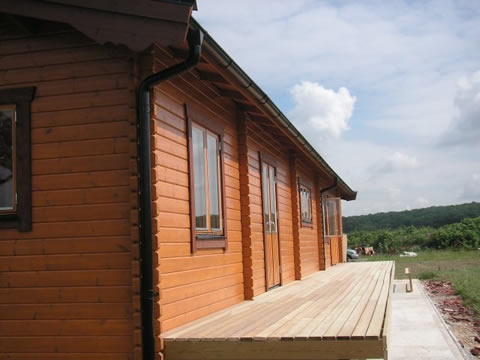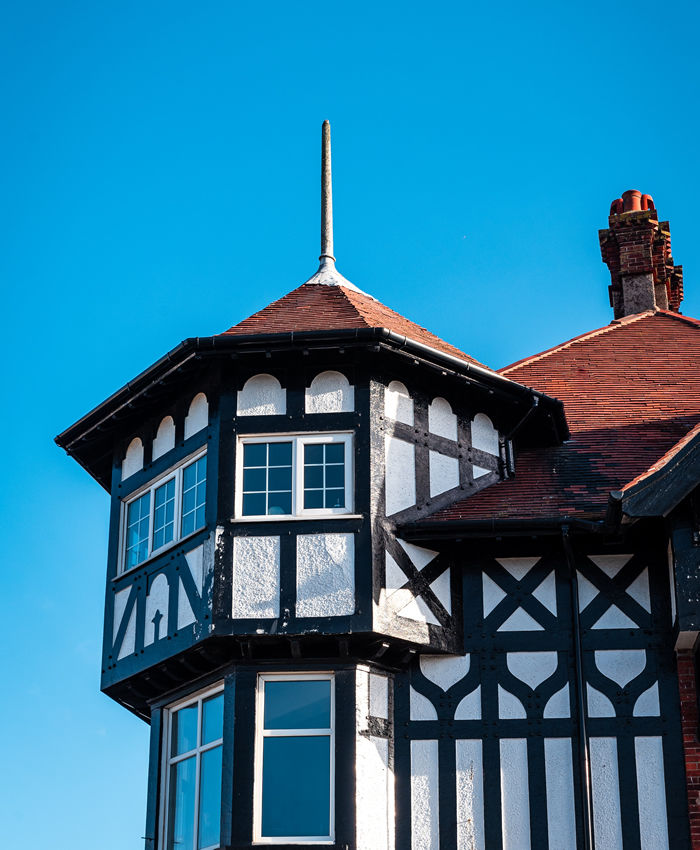
History of Timber Frame Homes in the UK
Timber frame construction has a long history in the United Kingdom, dating back thousands of years. In recent years, timber frame construction has gained attention due to its sustainability, energy efficiency, and speed of construction. Modern timber frame homes often utilize engineered timber products and advanced construction techniques, making them structurally sound and meeting contemporary building standards. Overall, the history of timber frame homes in the UK reflects the evolution of architectural styles, building materials, and societal preferences throughout the centuries.
Medieval Period (5th to 15th century)
Timber framing was a common building technique during the medieval period. Homes were typically constructed using a framework of heavy timber posts and beams, with infill panels made of wattle and daub (a mixture of woven twigs and mud). This method allowed for flexible, open interiors and was well-suited for the construction of timber-framed houses, manor houses, and medieval timber-framed halls.
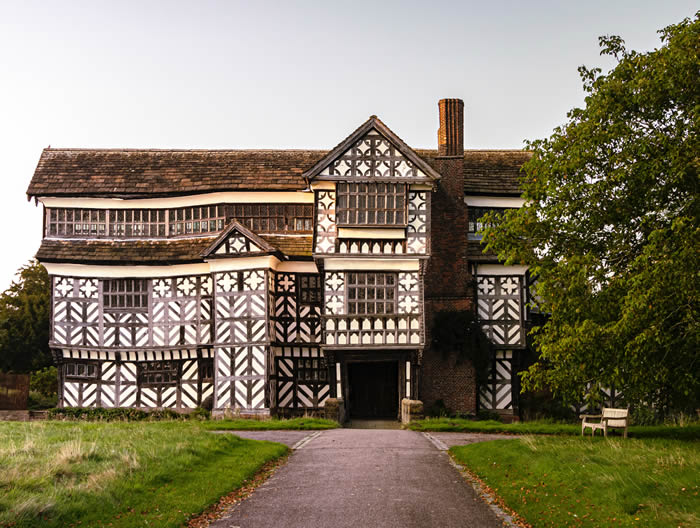
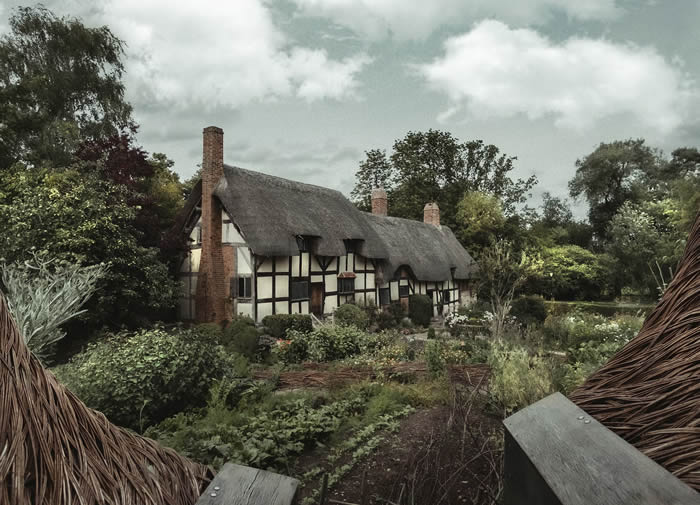
Tudor and Elizabethan Period (16th century)
The use of timber framing reached its peak during the Tudor and Elizabethan periods. Intricate half-timbered buildings became a symbol of wealth and status. These houses featured exposed timber frames filled with plaster or brickwork, known as "black and white" buildings. The framing patterns were often decorative, with herringbone or diagonal designs. Famous examples include Anne Hathaway's Cottage and Shakespeare's Birthplace in Stratford-upon-Avon.
Jacobean and Stuart Period (17th century)
Timber framing continued to be popular in the early 17th century but with some modifications. The use of brick infill panels became more common, creating a more solid appearance. The Great Fire of London in 1666 led to the decline of timber frame construction in cities, as stricter fire regulations favoured buildings made of brick or stone.
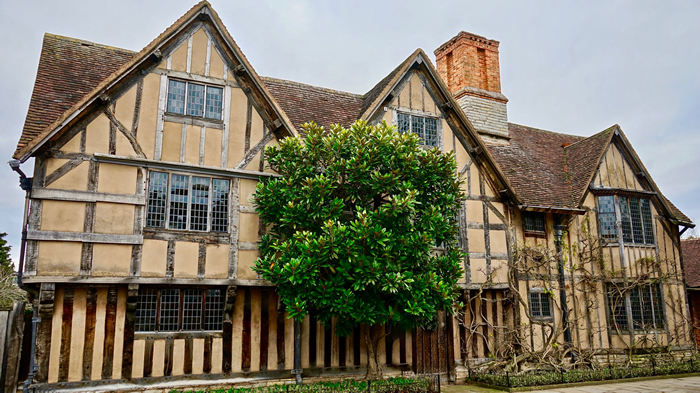
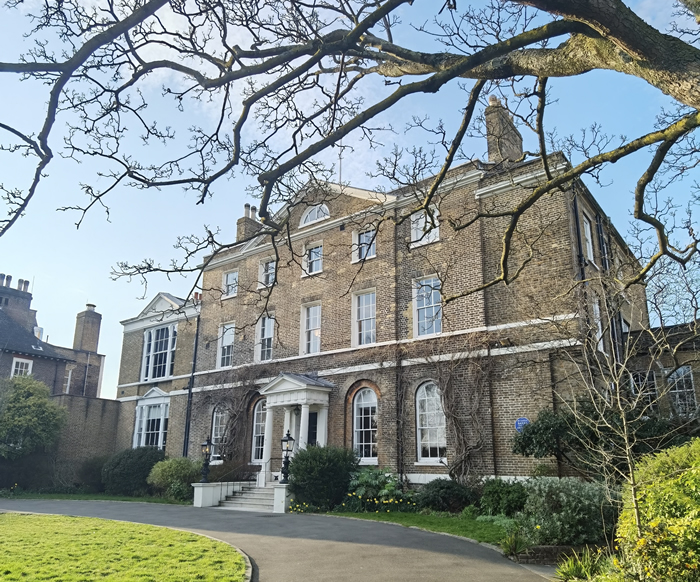
Georgian and Victorian Era (18th to 19th century)
During the Georgian and Victorian periods, timber frame construction became less prevalent in urban areas but remained popular in rural regions. In some cases, timber frame houses were clad with brick or stone, giving them a more substantial and fashionable appearance. However, the advent of industrialization led to the rise of other construction methods, such as brick and iron, which became increasingly dominant.
Revival of Timber Frame Construction (20th century onwards)
In the late 19th and early 20th centuries, there was a renewed interest in traditional building methods, including timber framing. The Arts and Crafts movement and the popularity of vernacular architecture contributed to the revival of timber frame construction. Today, there is still a niche market for timber frame homes in the UK, with many builders specializing in this traditional craft.
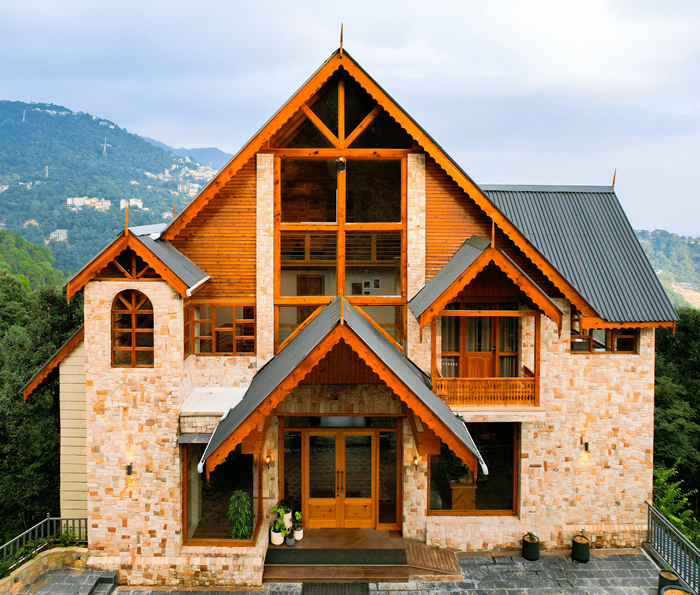
- Log in to post comments

